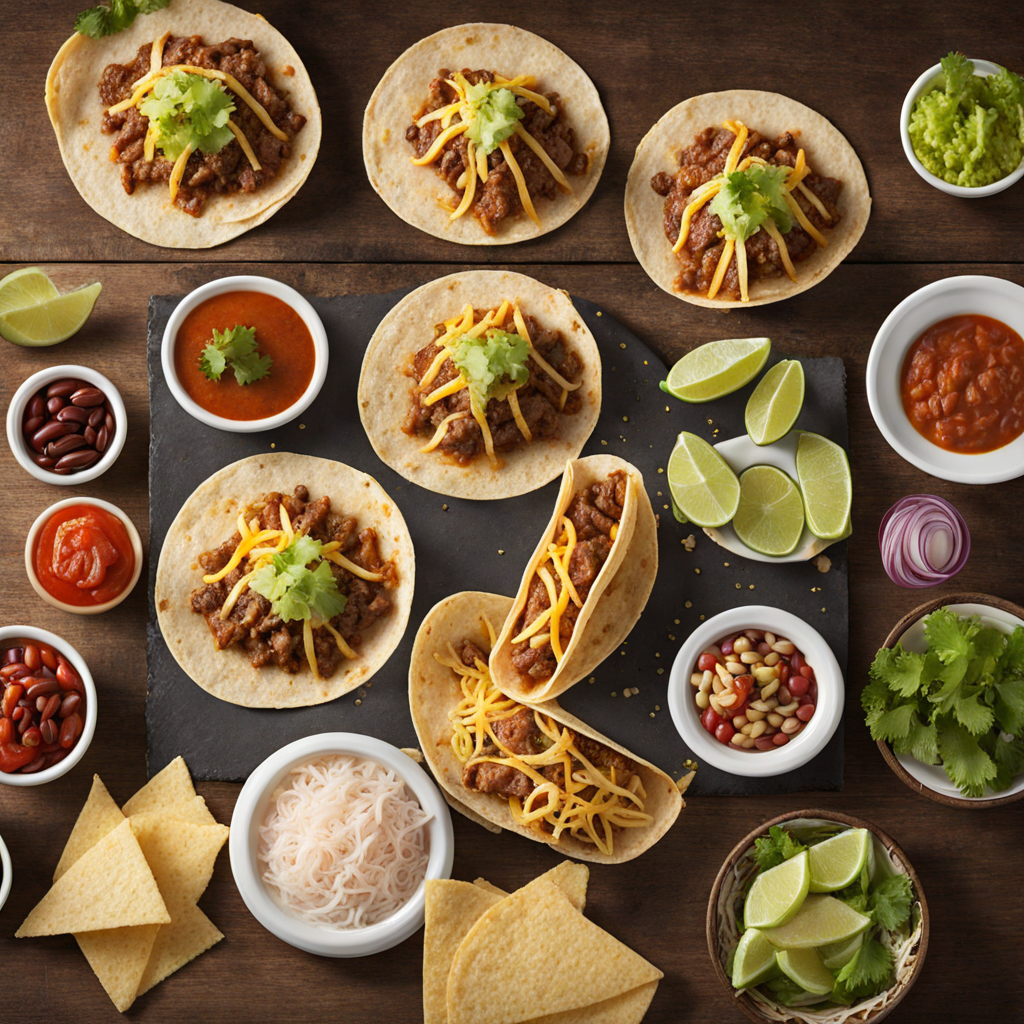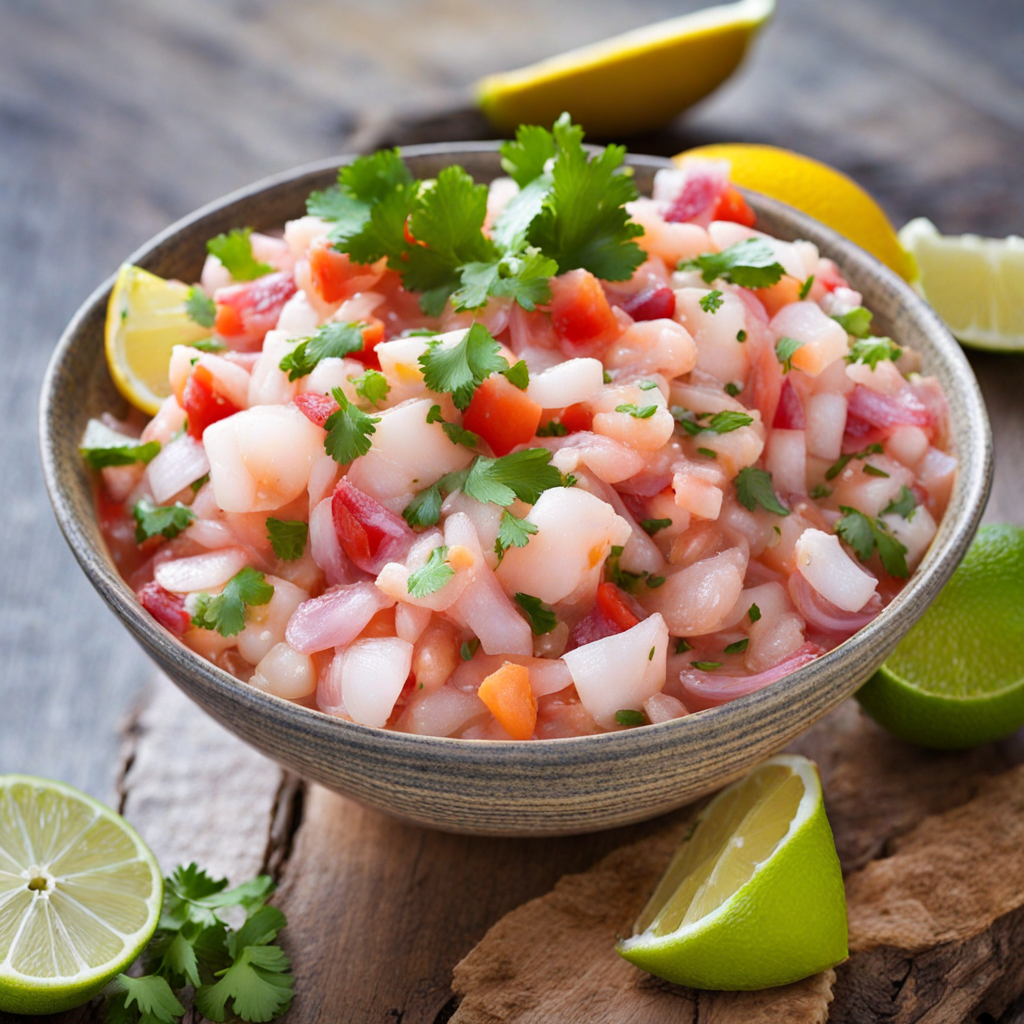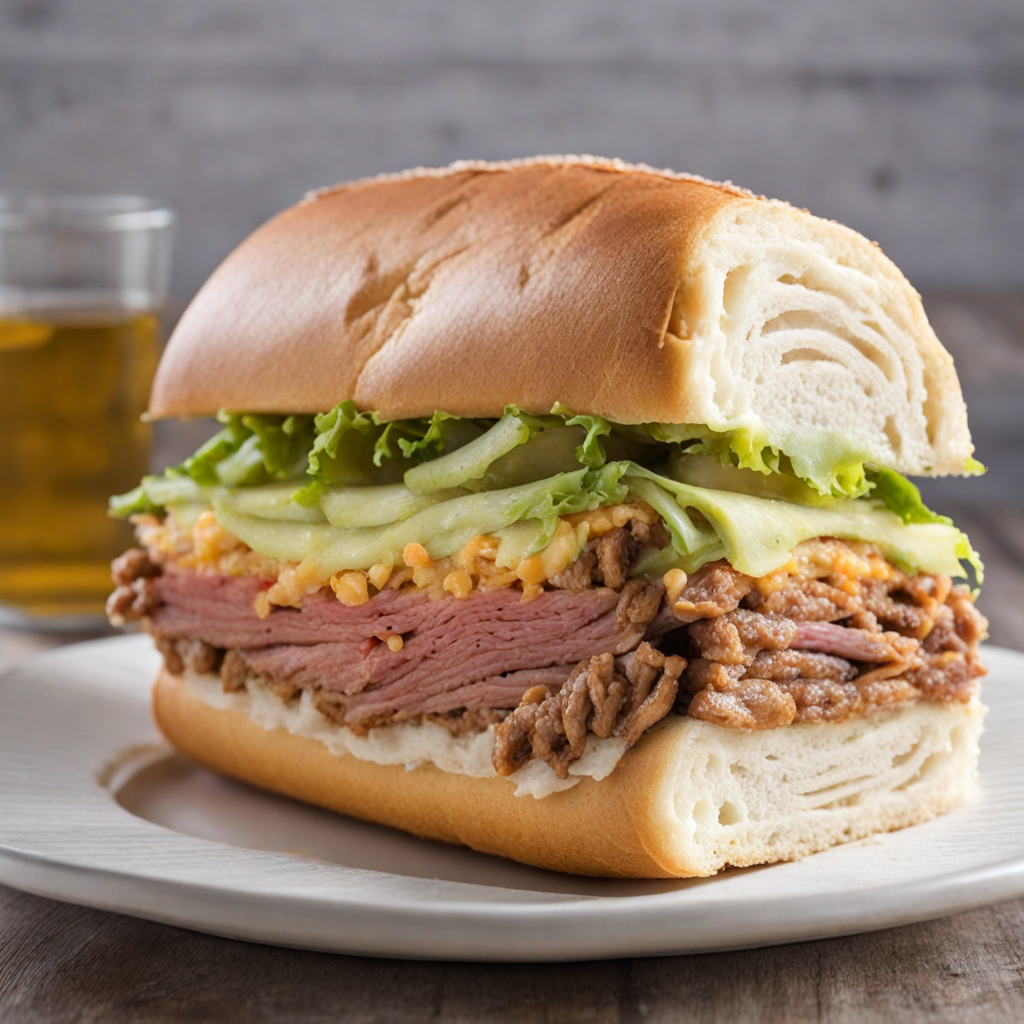Tacos
Tacos are a quintessential Mexican dish that combines flavor, texture, and cultural significance into a delightful handheld meal. At their core, tacos consist of a soft or crispy tortilla filled with a variety of ingredients, making them incredibly versatile. The tortillas, typically made from corn or flour, serve as the perfect vessel for an array of fillings, from juicy grilled meats and fresh seafood to vibrant vegetables and hearty beans. Each bite offers a delicious interplay of flavors, enhanced by various toppings such as fresh cilantro, diced onions, and a squeeze of zesty lime. One of the most exciting aspects of tacos is the endless variety of fillings and styles available. Traditional options include carne asada (grilled beef), carnitas (slow-cooked pork), and pollo (chicken), each seasoned with aromatic spices and herbs. Additionally, there are regional specialties like fish tacos from Baja California, which often feature crispy battered fish topped with creamy sauces and slaw. Vegetarian tacos are also a popular choice, showcasing roasted vegetables, sautéed mushrooms, or spicy lentils that cater to diverse palates. Tacos are not just a meal; they are a celebration of Mexican culture and culinary artistry. Enjoyed at street stalls, casual eateries, and fine dining establishments alike, they bring people together in a shared experience of flavors and community. The act of assembling your taco allows for personal expression, as you can mix and match fillings and toppings to create your perfect bite. Whether enjoyed as a quick snack or a festive feast, tacos offer an unforgettable taste of Mexico that invites everyone to explore its rich culinary heritage.
How It Became This Dish
The Tacos: A Flavorful Journey Through History Tacos—a beloved staple of Mexican cuisine—embody more than just a delicious meal; they represent a rich tapestry of history, culture, and identity. To fully appreciate the taco, one must explore its origins, cultural significance, and evolution through the ages. #### Origins of the Taco The story of tacos begins long before the Spanish conquest of the Aztec Empire in the early 16th century. Evidence suggests that the indigenous peoples of Mesoamerica were already consuming tortillas filled with various ingredients. These early tortillas, made from nixtamalized corn, served as both a utensil and a vessel for food, allowing for a portable and nutritious meal. Archaeological findings indicate that the practice of wrapping food in tortillas dates back to at least 500 B.C. The word "taco" itself is believed to have originated from the Spanish term "taco de minero," which translates to "miner’s plug." This term refers to the explosive charges used in mining, but it eventually evolved to describe the food. The first recorded mention of tacos in print appeared in the early 20th century, but the concept of wrapping food in tortillas is ancient. #### Cultural Significance Tacos are deeply intertwined with Mexican culture and identity. They are more than just a meal; they represent community, family, and tradition. Tacos are often associated with gatherings, celebrations, and street food culture. In Mexico, it is common for families to come together over a meal of tacos, sharing stories and laughter as they prepare and enjoy their food. Each region in Mexico boasts its unique taco style, influenced by local ingredients and traditions. For example, in the Yucatán Peninsula, you might find tacos filled with cochinita pibil, a slow-roasted pulled pork marinated in achiote paste. In contrast, Baja California is famous for its fish tacos, showcasing the region's coastal bounty. This regional diversity highlights how tacos serve as a canvas for local flavors and culinary creativity. Tacos also play a significant role in Mexican festivals and holidays. For instance, on Día de los Muertos (Day of the Dead), families honor their deceased loved ones with offerings, which often include traditional foods like tacos. This connection to life, death, and remembrance further emphasizes the taco's cultural significance. #### The Evolution of Tacos As the world changed, so did the taco. The arrival of Spanish colonizers brought new ingredients and culinary techniques to Mexico. The Spanish introduced beef, chicken, and cheese, which would later become popular fillings for tacos. In the 19th century, the taco began to take on more recognizable forms, particularly in urban areas like Mexico City. The late 19th and early 20th centuries marked a pivotal moment in the history of tacos. As Mexico underwent modernization and urbanization, street vendors began to sell tacos, making them an accessible and affordable food option for the working class. These vendors developed distinct styles, such as tacos al pastor, which originated from Lebanese immigrants who brought shawarma to Mexico. The unique combination of marinated pork, pineapple, and spices in a corn tortilla created a fusion that captured the hearts and palates of many. The taco's rise to fame continued throughout the 20th century, particularly during the Mexican Revolution (1910-1920), when the taco became a symbol of national pride and identity. Soldiers and revolutionaries often relied on tacos as a portable food source during battles, further embedding the dish into the fabric of Mexican culture. #### Globalization and the Taco's International Appeal The mid-20th century saw an increase in Mexican immigration to the United States, bringing the taco along with them. In cities like Los Angeles, San Antonio, and Chicago, Mexican immigrants established taquerías (taco shops) that introduced American audiences to authentic Mexican flavors. The demand for tacos skyrocketed, leading to the proliferation of taco trucks, food stands, and restaurants. In the 1980s and 1990s, the taco began to evolve further, undergoing a transformation fueled by innovation and creativity. Fast-food chains like Taco Bell emerged, popularizing a more Americanized version of the taco that included hard-shell tacos and toppings like lettuce and cheese. While this version differed from its traditional counterparts, it expanded the taco's reach and introduced it to a broader audience. Simultaneously, chefs in the United States began exploring gourmet tacos, experimenting with unconventional ingredients and culinary techniques. This fusion led to the development of unique taco varieties, such as Korean BBQ tacos, shrimp tacos with mango salsa, and even vegan options. The taco became a versatile dish that could be adapted to suit a wide range of tastes and dietary preferences. #### The Taco Today: A Culinary Icon In contemporary times, tacos have solidified their status as a global culinary icon. They are celebrated at festivals, food trucks, and high-end restaurants alike. National Taco Day, observed on October 4th, has become a popular occasion for taco lovers to indulge in their favorite flavors. Social media has played a significant role in the taco's modern popularity. Platforms like Instagram and TikTok have given rise to a new generation of taco enthusiasts who share their experiences and creations with a global audience. This digital age has fostered a sense of community among taco lovers, encouraging the exchange of recipes, stories, and cultural insights. The taco's journey from ancient Mesoamerica to modern-day culinary phenomenon serves as a testament to its resilience and adaptability. It has transcended borders, evolving into a symbol of cultural fusion and innovation. Today, tacos remain a beloved dish, representing a rich heritage that continues to inspire chefs, food lovers, and communities around the world. Conclusion In essence, the taco is more than just a meal; it is a symbol of connection, creativity, and cultural pride. Its journey through history reflects the diverse influences that shape our culinary landscape, and its enduring popularity speaks to its ability to adapt and resonate with people across generations. As we savor each bite, we partake in a rich legacy that celebrates the fusion of flavors, traditions, and stories that make tacos an integral part of our shared human experience.
You may like
Discover local flavors from Mexico







